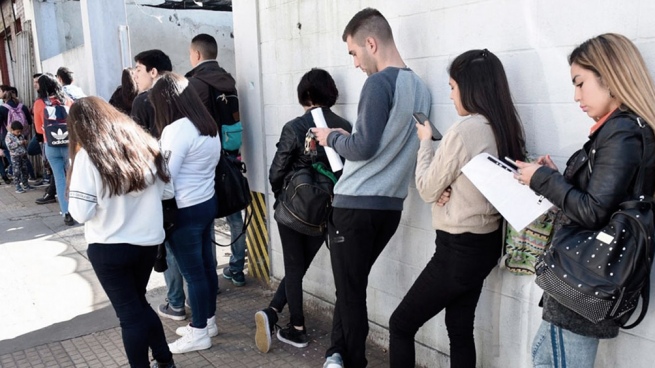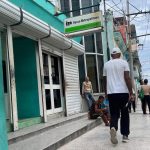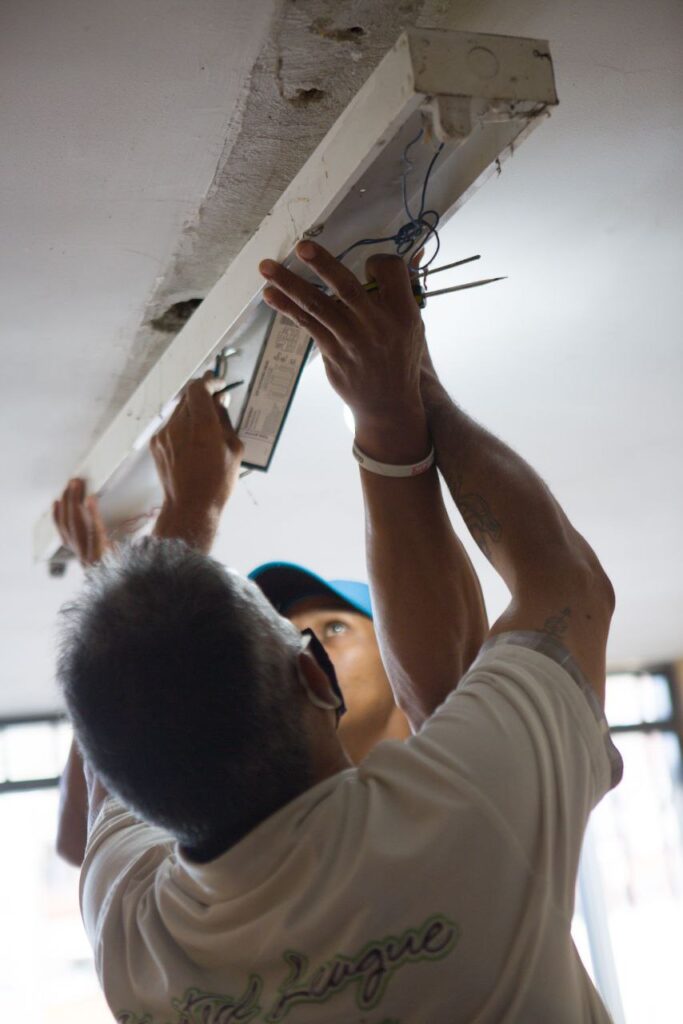The labor participation of young women in the region has maintained a downward trend since the second quarter of 2020, despite the fact that between the last quarter of 2019 and the first of 2020 it marked a higher level than that of young men, according to the latest report of the Economic Commission for Latin America and the Caribbean (ECLAC).
Between the fourth quarter of 2019 and the first quarter of 2020, an increase in the labor participation of young women was observedbut after the sanitary measures that began in the second quarter of 2020, the trend that continued in 2022 was reversed, according to an ECLAC report.
“In the fourth quarter of 2019, young women registered higher participation rates than their male peers” while at the end of the first quarter of 2022 “has not yet reached the pre-crisis values“, says the latest report of the Economic Commission for Latin America and the Caribbean (ECLAC)
Between the first and second quarters of 2020, the unemployment rate for young women grew by 4.6 percentage points, going from 23.4% to 28.5% and, in turn, reached the largest gap in the last 5 years with an unemployment rate of 5.8 percentage points, higher than their male peers.
The Covid pandemic and the confinement measures had an impact on the level of employment as well as expectations about finding work, which led to a drop in the rate of labor participation in the young population, directly in young women.
The report data reveals that in 2021 levels of the youth unemployment rate are lower than those observed in 2019 although, “there are gender differences in the evolution of youth unemployment,” the report cites. The activity rate of young women, compared to the results of the first quarter and the second quarter of 2021, obtains a negative difference of 2.31 percentage points, which shows a decrease in young women in employment status.
In turn, the employment rate of young women obtains a negative difference of 1 percentage point, which reflects a decrease in employment in young women for that period.
Therefore, in the youth employment sector, women aged 18 to 25 ranked below their male peers in the fourth quarter of last year, and failed to recover to pre-pandemic levels.
In the report “the sociodemographic impacts of the pandemic”; ECLAC indicated that “the labor participation rate of women experienced an 18-year setback due to the crisis, falling from 51.8% in 2019 to 47.7% in 2020, while in the case of men it went from 75.5% to 70.8% in the same period”.
When taking women without distinction of age, he indicated that for this year “it is estimated that the participation rate of women would have increased to 51.3%, a figure similar to that recorded in 2018” which “represents a setback of four years, which still leaves one in two women of working age out of the labor market”.
For its part, the economist Pablo Ernesto Pérez, director of the Humanities and Social Sciences Research Institute (belonging to Conicet) pointed out that the gap in activity rates between young men and women should be found in “the sexual division of labor.”
The researcher, in dialogue with Télam, said that this distribution leads to “preparing young people to carry out productive work, while a large part of the young women are educated to assume domestic or reproductive work.”
This situation not only “reproduces stereotypes and gender inequalities”evidencing “the inequitable distribution” between productive and reproductive work but also decreases the possibilities of professional development of young women.
“In the pandemic, this situation was demonstrated because young women withdrew from the labor market to carry out activities at home. (mainly caring for children and/or siblings), without the possibility of developing educational activities in that context” she concludes.
In this sense, the International Labor Organization held that women between the ages of 18 and 24 who live with children under 14 years of age and/or with those over 65 years of age “The chances of being among those who do not study or work triple in relation to women who do not live with these population groups.”
In Argentina, the national government promotes youth employment through programs such as Enhance Work, Te Sumo, Progresar Trabajo and Argentina Programa.
Empower Work seeks to improve employment and generate new productive proposals for people who are in a situation of social and economic vulnerability.
The Te Sumo program promotes the employment of young people between 18 and 24 years of age in SMEs; Progresar provides financial aid to young people between 18 and 24 years of age with the aim of enabling them to train, and Argentina Programa provides free training in programming, with certification from the Argentine Chamber of the Software Industry (Cessi).


















